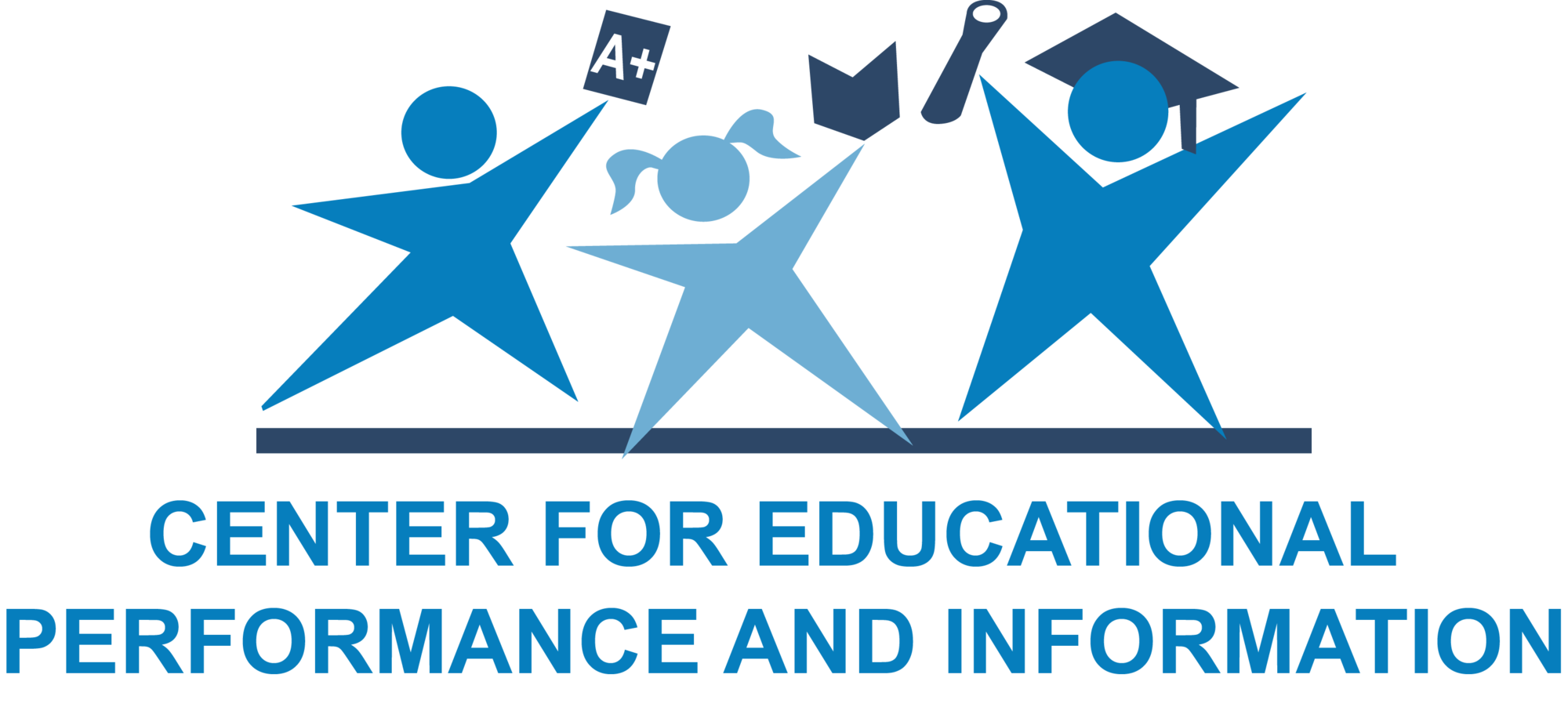December 3, 2020 MICIP Continuous Communication
Michigan Department of Education sent this bulletin at 12/03/2020 02:41 PM EST |
|
Having trouble viewing this email? View it as a Web page. |
Welcome to the December 3, 2020 Issue of MICIP Continuous Communication!
This issue features a review of resources to help you prepare for the MICIP Platform, as well as Professional Learning to evaluate your MICIP goal, a Continuous Improvement Conference Q&A, reminders about MICIP readiness tasks that must be completed in December, and the approaching deadline to access Cognia ASSIST resources.
 MICIP Readiness Resources
MICIP Readiness Resources
Working in collaboration with the Michigan Data Hub, we have developed a set of resources and tools designed to assist school districts in preparing to access and maximize the use of the MICIP Platform.
The first of these tools is the MICIP Readiness Checklist. This document helps districts prepare to implement the MICIP Platform. The checklist contains readiness considerations and steps to ensure that district technology and data systems are configured and connected to MiLaunchPad, MiStrategyBank and MiDataHub. MiLaunchPad and MiStrategyBank are required to access the MICIP Platform. The Michigan DataHub, which is optional, enhances the district experience in MICIP. The MICIP Readiness Checklist also includes links to informational documents, and step-by-step instructions.
The second resource, the MiDataHub MICIP Data Readiness Tool provides a real-time, automated tool that checks for and reports on many of the essential elements need for districts to access the MICIP Platform. The tool helps support local data quality by scanning local data in MiDataHub for:
- anticipated data volume
- reporting deviations
to help support local data quality efforts. This process ensures that data provided to the MICIP Platform is accurate and actionable.
 Engaging in Continuous Improvement – Evaluating the Goal
Engaging in Continuous Improvement – Evaluating the Goal
When you reach the End Target date for your goal, it’s time to evaluate your progress based on the target measures and the measures of implementation fidelity.
The evaluation tool aligns with four of the categories of the Hexagon Tool.
-
Capacity
- To what extent did we support implementation of the goal with sufficient human, financial, technology, material, and time resources?
-
Fidelity
- To what extent did we implement the strategies as intended?
- To what extent did we implement the entire plan as written? What does the implementation data say?
-
Scale/Reach
- To what extent did we reach the target population, e.g., the number of schools, teachers, grade levels, students, etc.
- To what extent did we implement the intended stage of implementation (exploration, installation, initial implementation, full implementation)
-
Impact
- To what extent did we reach our end targets?
- What does the end target data say?
Together, these monitoring and evaluation questions address the evaluation process required receiving federal funds and they replace the former Program Evaluation Tool (PET).
After the questions have been answered, the district should decide:
- Based on the data, should the goal be revised, e.g., revising the targets, adjusting strategies and/or activities, etc.?
- Based on the data, should the goal be maintained, with continued allocation of resources and monitoring?
- Based on the data, should the goal be discontinued and archived?
In the Next Issue: Engaging in Continuous Improvement—Other Considerations
 Your MICIP Questions Answered
Your MICIP Questions Answered
Here are some answers to questions the MICIP team received during the MICIP Continuous Improvement Conference (October 20, 2020). For more information about MICIP and MICIP resources, go to our web page.
Who are the intended individuals as MICIP Administrators?
- There are two roles: Administrator and User.
- District Administrator and User roles:
- MICIP District Administrator has the ability to manage users within their given organization. The District User will have the ability to view an appropriate district dashboard and view the district portfolio but will have no administrative capabilities.
- MICIP District Users will have the ability to view an appropriate district dashboard and view the district portfolio but will have no administrative capabilities.
-
ISD Administrator and User roles:
- MICIP ISD Administrator users will be allowed to view dashboards, view goal evaluation, and view portfolios for districts within their region. In addition, MICIP ISD Administrator manages local ISD plans and ISD Users.
- MICIP ISD User may or may not support local districts unless this function is assigned. MICIP ISD Administrator and User will not have editing capabilities of local district planning information.
How do we support our schools if they are not connecting to MiDataHub?
- It is correct that schools are not required to connect and send student data to MiDataHub to use MICIP. Support for the system is not significantly different without the MiDataHub connection. The impact of not connecting is felt in two primary areas:
- Staff lists will not be populated and maintained in MICIP, this means that the district MICIP administrator will have to manually add and manage names and email addresses of staff who need to access the MICIP Platform.
- In the Assessing Needs portion of the MICIP process, MiDataHub reports will not be integrated into the system for these districts. This means that data on current students and staff will not be accessible in the system and will require additional manual uploads for data stories that include data on current students.
Please explain the processes for active goals and maintenance goals.
- An active goal is a goal currently receiving a primary focus in the continuous improvement plan and has not been achieved. A maintenance goal is an ongoing goal that has been achieved but continues to be monitored or funded.
 Your MICIP Monthly Reminder – By the end of December, you should:
Your MICIP Monthly Reminder – By the end of December, you should:
- Complete the MICIP Readiness Checklist.
- Gain access to the MICIP training site by contacting your ISD support
- Is your team ready for MICIP?
Cognia ASSIST Resources Available until Dec. 31
For over a decade, the Michigan Department of Education has partnered with Cognia (formerly AdvancED and Measured Progress) in support of the Michigan continuous improvement process.
As of September 30, 2020, Cognia’s ASSIST is no longer available. The Michigan Integrated Continuous Improvement Process (MICIP) now supports districts with their continuous improvement planning.
Part of the MDE contractual agreement with Cognia includes access to Cognia tools. All of Michigan’s districts and schools have access to Cognia’s myJourney platform’s planning tools (including eleot, surveys, self-assessment tools, and strategic planning) until December 31, 2020.
If you are interested in using these tools after December 31, please contact Michael Nauss, Michigan account manager (Michael.nauss@cognia.org).
Please Share Continuous Communication
Please feel free to forward Continuous Communication to anyone you feel would like to receive information and updates about MICIP. To subscribe or unsubscribe, please click on this link.
Previous issues of MICIP Continuous Communication are available on the MICIP web page.
Feedback is Essential for Continuous Communication!
Have a question, an idea, a suggestion, or a compliment? The MICIP team is always eager to hear your feedback! Send us an email using the MICIP email address (mde-micip@michigan.gov).



